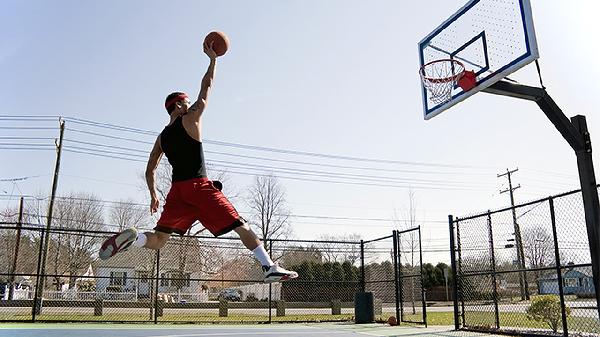Your ideal Zone 2 heart rate is typically 60-70% of your maximum heart rate, and it’s the sweet spot for improving endurance, burning fat, and building a solid fitness foundation. Think of it as the “Goldilocks zone”—not too hard, not too easy, but just right for long, steady workouts that keep you energized and efficient. Whether you’re a seasoned athlete or just starting out, nailing your Zone 2 heart rate can be a game-changer for your fitness journey.

Zone 2 training is like the unsung hero of fitness. It’s not as flashy as high-intensity interval training (HIIT) or as grueling as sprinting up hills, but it’s where the magic happens for endurance and fat burning. When you’re in Zone 2, your body primarily uses fat as fuel, which is great news if you’re looking to shed a few pounds or improve your metabolic health. Plus, it’s sustainable—you can maintain this pace for longer periods without feeling like you’re about to collapse. It’s the perfect balance of effort and efficiency.
First things first: you need to figure out your maximum heart rate. The simplest way to estimate it is to subtract your age from 220. For example, if you’re 30 years old, your max heart rate would be around 190 beats per minute (bpm). From there, Zone 2 is 60-70% of that number, so for a 30-year-old, that’s between 114 and 133 bpm. Keep in mind, though, this is just a rough estimate. Factors like fitness level, genetics, and even the weather can influence your heart rate, so it’s worth experimenting to find what feels right for you.
Zone 2 training isn’t just about burning fat—it’s about building a stronger, more efficient engine. When you train in this zone, you’re improving your aerobic base, which is the foundation for all other types of exercise. A strong aerobic base means you’ll recover faster, perform better, and feel less fatigued during workouts. It’s also easier on your joints and muscles compared to high-intensity training, making it a great option for people who want to stay active without overdoing it. Plus, it’s a stress-free way to exercise—no gasping for air or feeling like you’re going to puke.
Staying in Zone 2 can be trickier than it sounds, especially if you’re used to pushing yourself hard. The key is to slow down and focus on maintaining a steady pace. Activities like brisk walking, cycling, or swimming are perfect for Zone 2 training because they’re easy to control. If you’re a runner, try slowing your pace to a conversational speed—if you can’t chat comfortably, you’re probably going too hard. Using a heart rate monitor can also help you stay on track, but don’t obsess over the numbers. Your body’s cues, like breathing and perceived effort, are just as important.
One of the biggest mistakes people make with Zone 2 training is going too hard. It’s easy to get caught up in the “no pain, no gain” mentality, but Zone 2 is all about patience and consistency. Another mistake is not giving it enough time—Zone 2 workouts should be longer than your typical HIIT session, usually 45 minutes to an hour or more. Lastly, don’t neglect other zones entirely. While Zone 2 is great for building endurance, incorporating higher-intensity workouts can help you improve speed and power.
If you’re new to Zone 2 training, start by adding one or two sessions a week to your routine. As you get more comfortable, you can increase the frequency or duration of your workouts. For athletes, Zone 2 is often used as a recovery tool between harder sessions. The beauty of Zone 2 is that it’s versatile—you can do it almost anywhere, with or without equipment. Whether you’re hitting the trails, hopping on a stationary bike, or even dancing around your living room, the key is to keep your heart rate in that sweet spot.
While heart rate monitors and formulas are helpful, your body is the best judge of whether you’re in Zone 2. Pay attention to how you feel during your workout. If you’re breathing heavily but can still hold a conversation, you’re probably in the right zone. If you’re gasping for air or feeling wiped out, dial it back. On the flip side, if you’re barely breaking a sweat, you might need to pick up the pace. Trust your instincts and adjust as needed—your body knows what’s up.
Zone 2 heart rate training might not be the most glamorous part of fitness, but it’s one of the most effective. By staying in this zone, you’ll build endurance, burn fat, and set yourself up for long-term success. So, next time you’re lacing up your sneakers or hopping on your bike, take it down a notch and enjoy the ride. Your body (and your future self) will thank you.
























